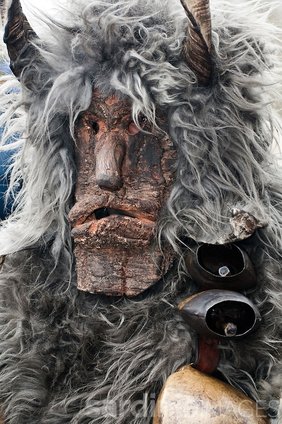 In Sardinia, the Carnival of the Mamuthones is a pre-Christian traditional ritual dating back more than 2,000 years. Monstrous characters boast thick hair, black faces and are burdened with the weight of 60 pounds of cattle bells hanging around their body. Still today, they frighten babies, old men and Nonnas as they rhythmically stomp and grunt through villages, yet this tradition thousands of years old goes on... The precise meaning of the name, Mamuthones is lost in time and a subject of discussion and debate, but you can think of it as an ancient pagan God of the changing seasons, from winter to spring, and sacrificing for the new year of growth, good rains and successful harvests. These monsters show themselves first time in the town of Mamoiada and also in Ottana on the 17th of January, the saint day of Sant’Antonio Abate, with forty bonfires lighting up piazze, while the Mamuthones dance throughout the night. Again in February, Mamuthones appear on Carnival Sunday and on . Magnificent, long-horned Mamuthones, above (note the real sheep's head, center). A bearded herd, below.
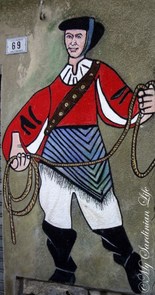 The Issohadore in full regalia The Issohadore in full regalia Other characters, called Issohadore are in charge of the ritual and their tethered Mamuthones, protecting their beasts from harm or evil spirits--or the curious onlookers during the procession through the village. With their rope lassos they will often wrangle the pretty women in the crowd boasting health and fertility. The Issohadore wears a colorful headdress, white mask, a bright red waistcoat, white shirt, trousers, gold buttons, a band of bells in bronze, shawl, woolen leggings, leather boots and their lasso. 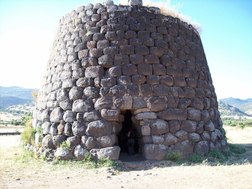 Nuraghe dwelling Nuraghe dwelling This area of Sardinia is an interesting place to visit, often with surprising things to see and experience, unique in all the world. For instance, all around the countryside you might feel like you are in a Celtic region once you see all the monolithic stones standing guard with their carved concentric stones--looking very much like similar stone alignments in Brittany or the British Isles. You will also come across many conical shaped ruins of castles and other structures left behind from the precursors of the Sardinian people... the Nuraghe. Their chopped-top cones and spiraled, organic patterns and shapes made by the layout of their settlement walls makes one ponder how scary it must have been so many thousands of years ago when their own Mamuthones were lassoed and pulled through their tight passageways... If you travel to these villages other times of the year, don't worry... the locals live with the Mamuthunes all year long, with museums displaying their best costumes and masks, statues in piazze and frescoes on walls in the villages. To be honest, they really freak me out! --Jerry Finzi
|
Categories
All
Archives
May 2023
|

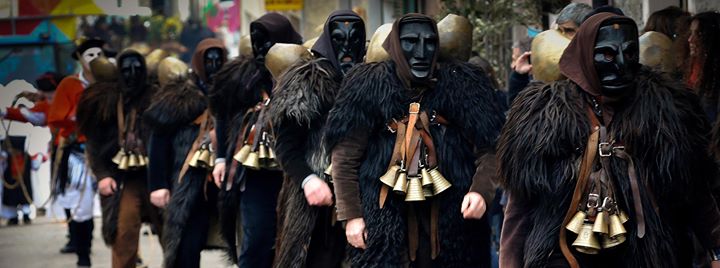
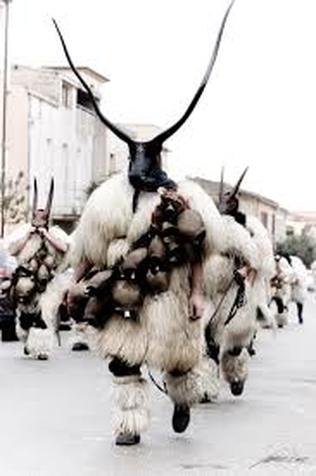
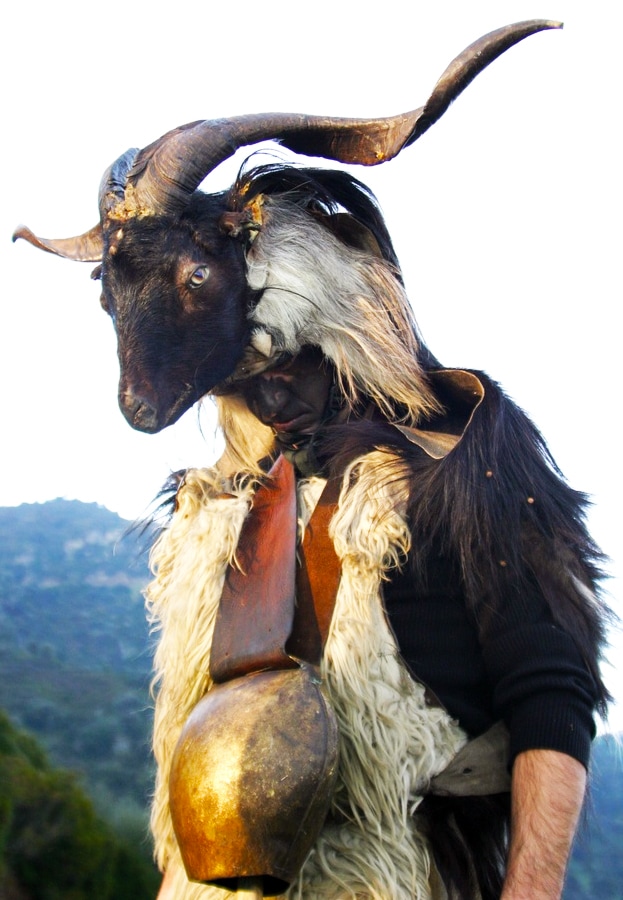
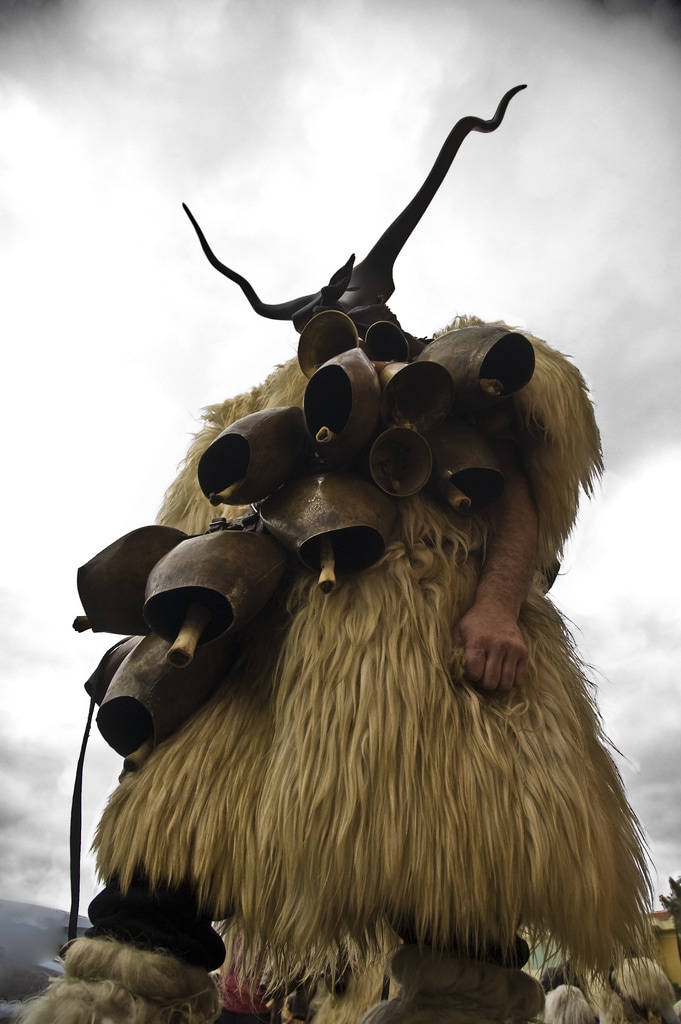
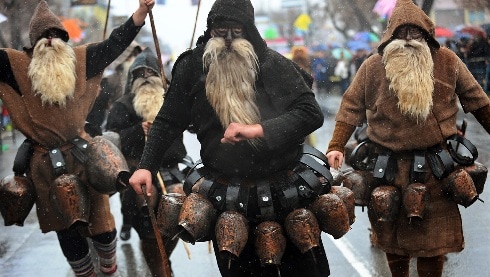
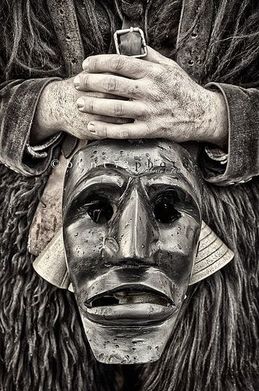
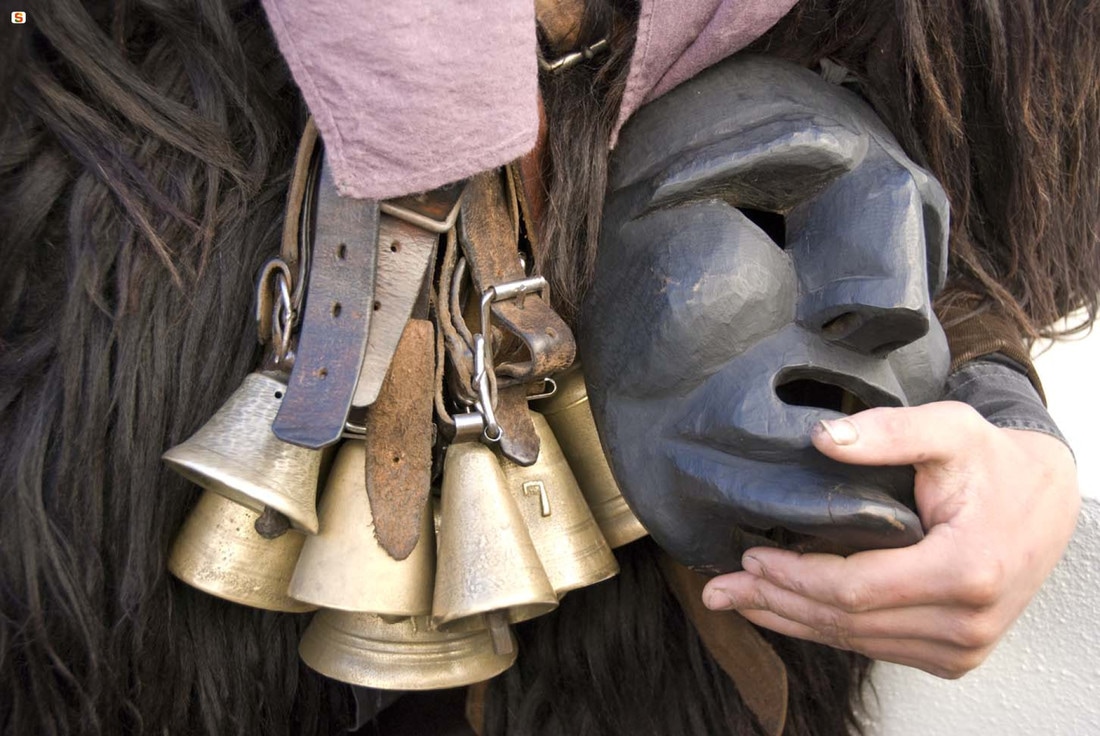
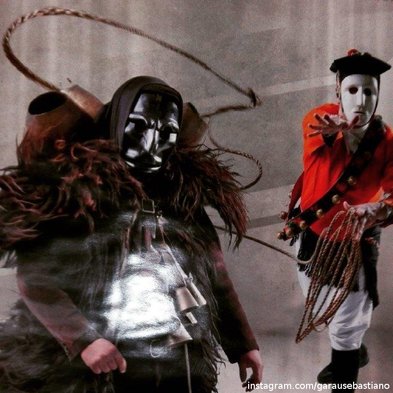
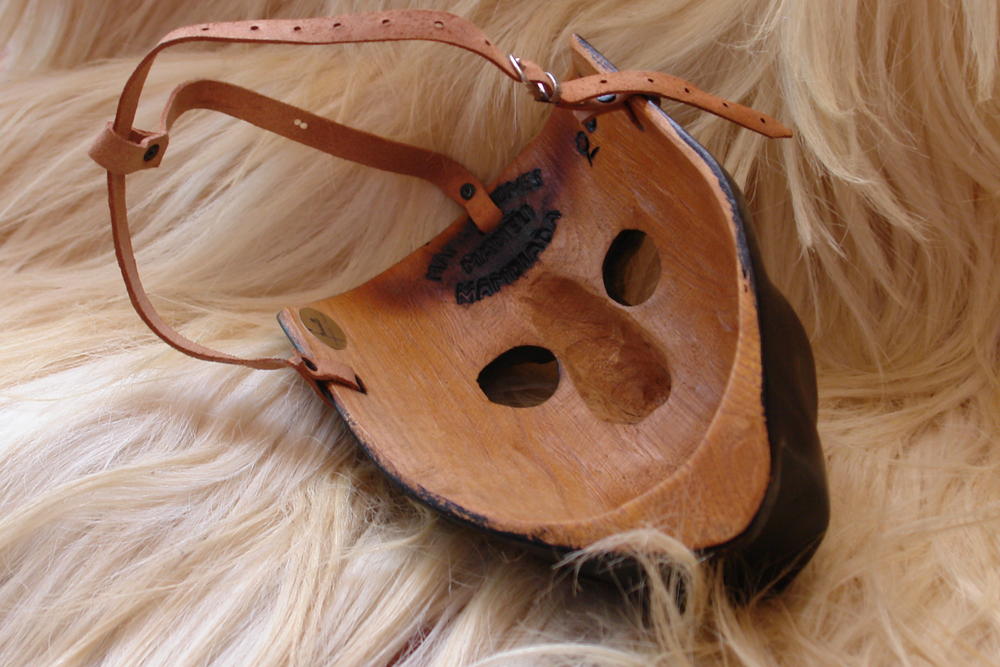

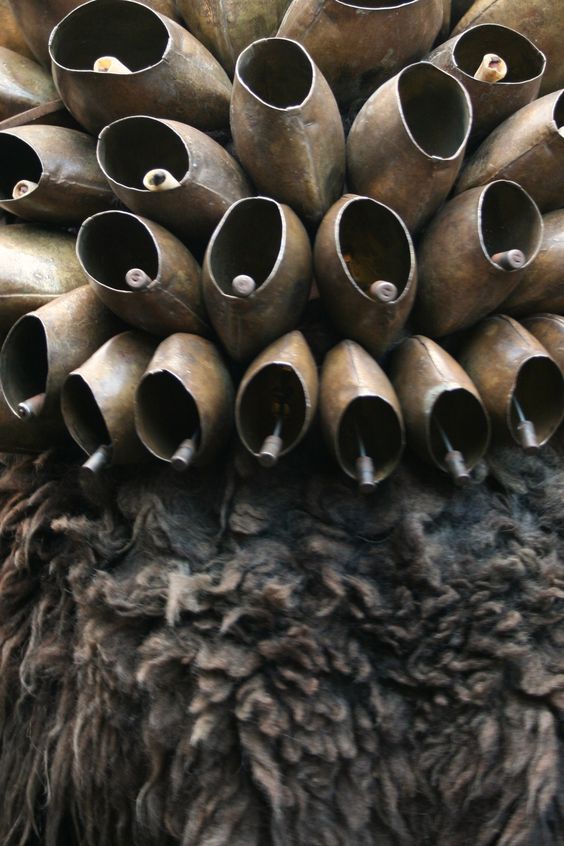
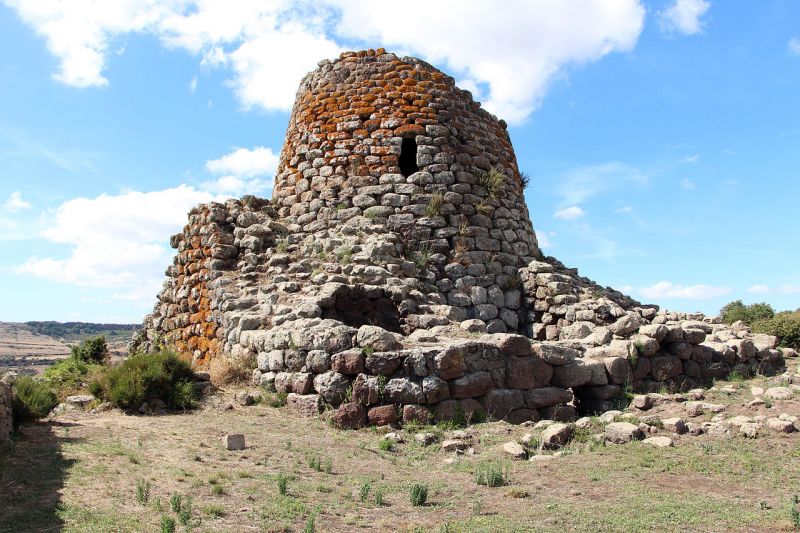
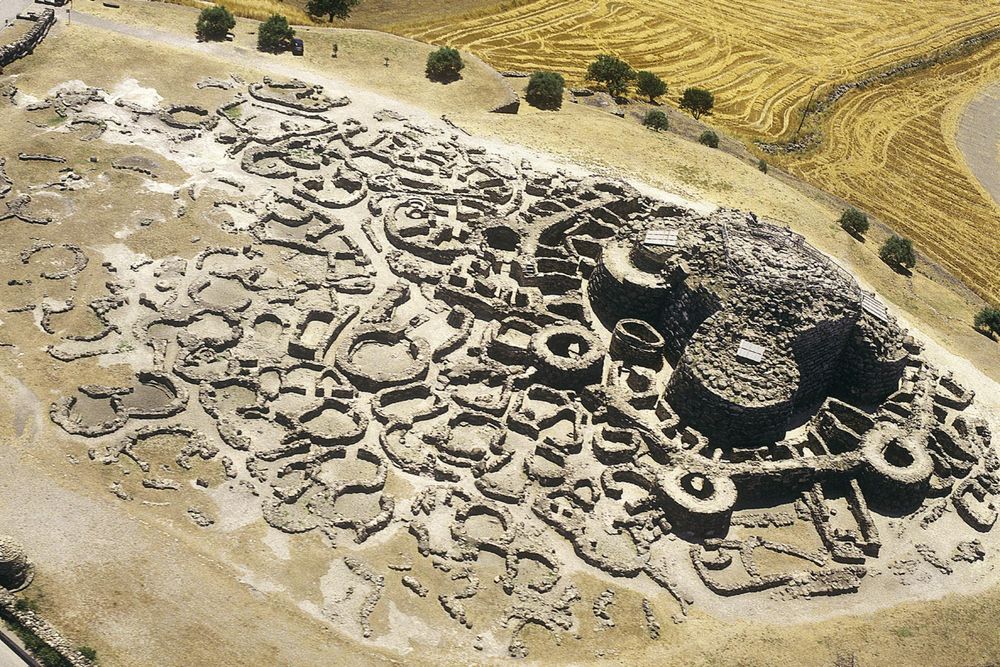
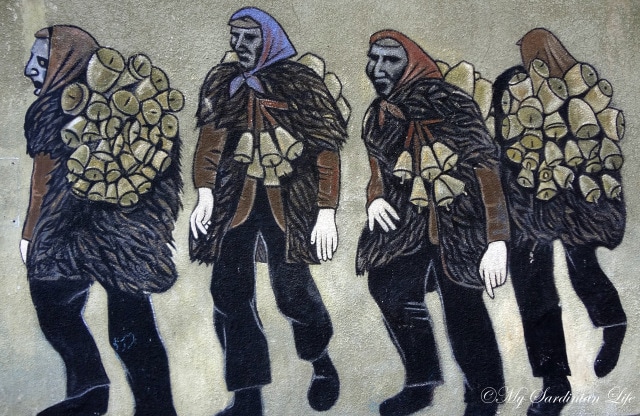

 RSS Feed
RSS Feed
